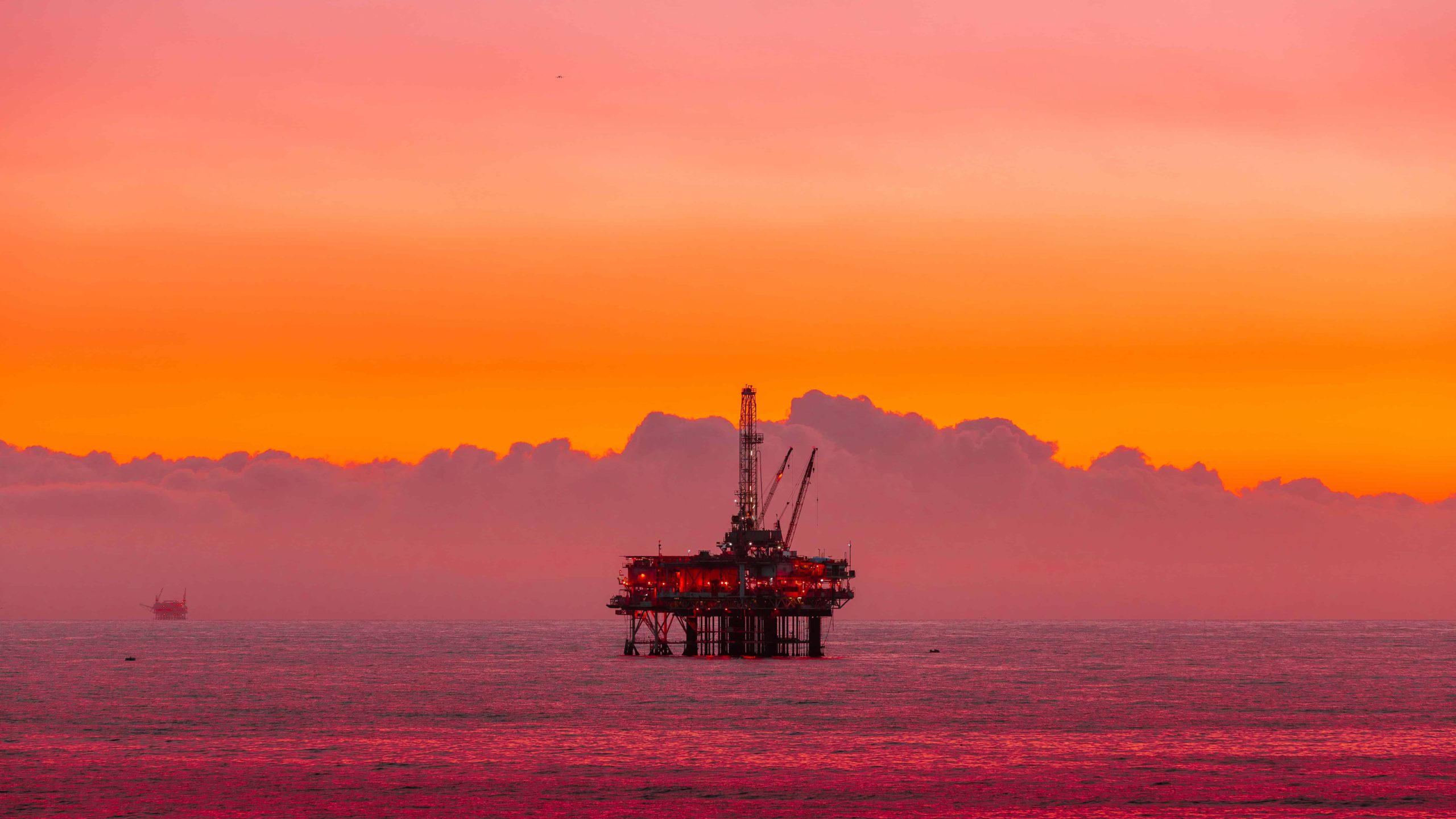This article was written by Brandon Lee, originally published on KrASIA.

Rovula is a subsea robotics developer that is building new machines for performing subsea inspection, repair, and maintenance. As a subsidiary of Bangkok-based AI Robotics and Ventures (ARV), it seeks to create a technological ecosystem in the offshore environment that consists of remotely operated underwater vehicles and equipment, making it safer and more efficient to perform upkeep processes in marine settings.
Conventional methods of subsea inspection and maintenance are costly in terms of money and time, require exhaustive planning, and involve a considerable level of physical labor like diving, which can be hazardous and tedious. This type of service cannot be provided on demand, because each operation is a major undertaking that involves teams of experts, a range of equipment, large sea vessels, and a crew.
The products of Rovula, which include unmanned vessels and a data platform, are meant to cut those costs by 50%. For example, the Xplorer is an autonomous underwater vehicle designed specifically for subsea pipeline inspection. It has already completed over 20 km of pipeline inspection for the Arthit gas and condensate field in the Gulf of Thailand, and can reach a depth of 300 m.
Meanwhile, Rovula’s Xgateway maritime surface vehicle was designed in collaboration with Marsun, a leading Thai shipbuilder, to serve as a communication node that connects Rovula’s other seacraft.
The data gathered by Rovula’s vessels within a network is processed by Xspector, an AI-powered data platform that acts as a visualization, inspection, and reporting tool. Whereas inspection video footage was once reviewed by humans over lengthy periods of time, Xspector automates the process of detecting anomalies, producing results in a significantly reduced timespan.
Finally, Rovula’s maintenance and repair apparatus includes the Nautilus and the Roto-climbers. The former was developed in conjunction with Kongsberg Ferrotech, a Norwegian subsea robotics company, and the latter was produced with the expertise of Rototech, a multinational industrial expert based in Italy.
The Nautilus is the world’s first semi-autonomous robot for pipeline inspection, repair, and maintenance. It is remotely operated, and able to perform inspections and repairs of subsea assets at depths of up to 1,500 m.
The Roto-climbers are used for vertical pipe operations. These contraptions can be fitted with modules for different tasks, like composite wrapping and cleaning. The complete unit is lightweight, easily assembled, and can fit in a 10 ft shipping container.
Rovula’s products work in tandem with each other to form a system of automated, AI-powered equipment that may transform the operational standards of subsea maintenance.
Yet there are challenges. One key factor is the lack of infrastructural support for telecommunications out at sea. For now, Rovula’s network relies on satellite connectivity to function. However, the team anticipates 4G or 5G services being introduced in the offshore environment, making the regular operation of its automated subsea maintenance system a reality.
Rovula was among the ten finalists of the Alibaba Cloud x KrASIA Global Startup Accelerator Singapore-Thailand Demo Day that was held on January 11.

1,080 posts | 265 followers
FollowAsiaStar Focus - July 5, 2022
Alibaba Cloud Community - January 20, 2022
Alibaba Cloud Community - January 30, 2024
Alibaba Clouder - January 27, 2021
Alibaba Clouder - October 17, 2018
Alibaba Cloud Community - April 25, 2024

1,080 posts | 265 followers
Follow Alibaba Cloud for Generative AI
Alibaba Cloud for Generative AI
Accelerate innovation with generative AI to create new business success
Learn More AI Acceleration Solution
AI Acceleration Solution
Accelerate AI-driven business and AI model training and inference with Alibaba Cloud GPU technology
Learn More Tongyi Qianwen (Qwen)
Tongyi Qianwen (Qwen)
Top-performance foundation models from Alibaba Cloud
Learn More Platform For AI
Platform For AI
A platform that provides enterprise-level data modeling services based on machine learning algorithms to quickly meet your needs for data-driven operations.
Learn MoreMore Posts by Alibaba Cloud Community